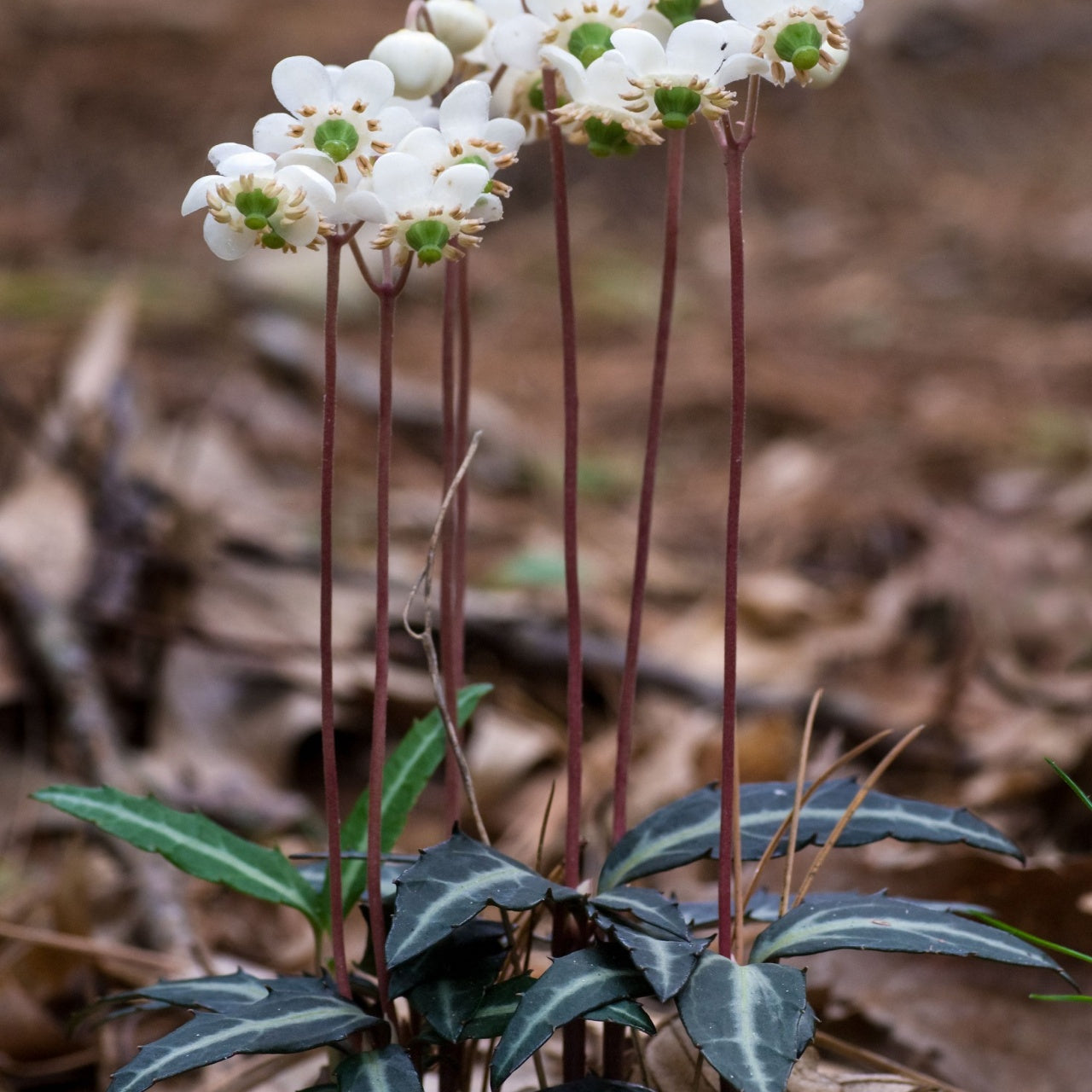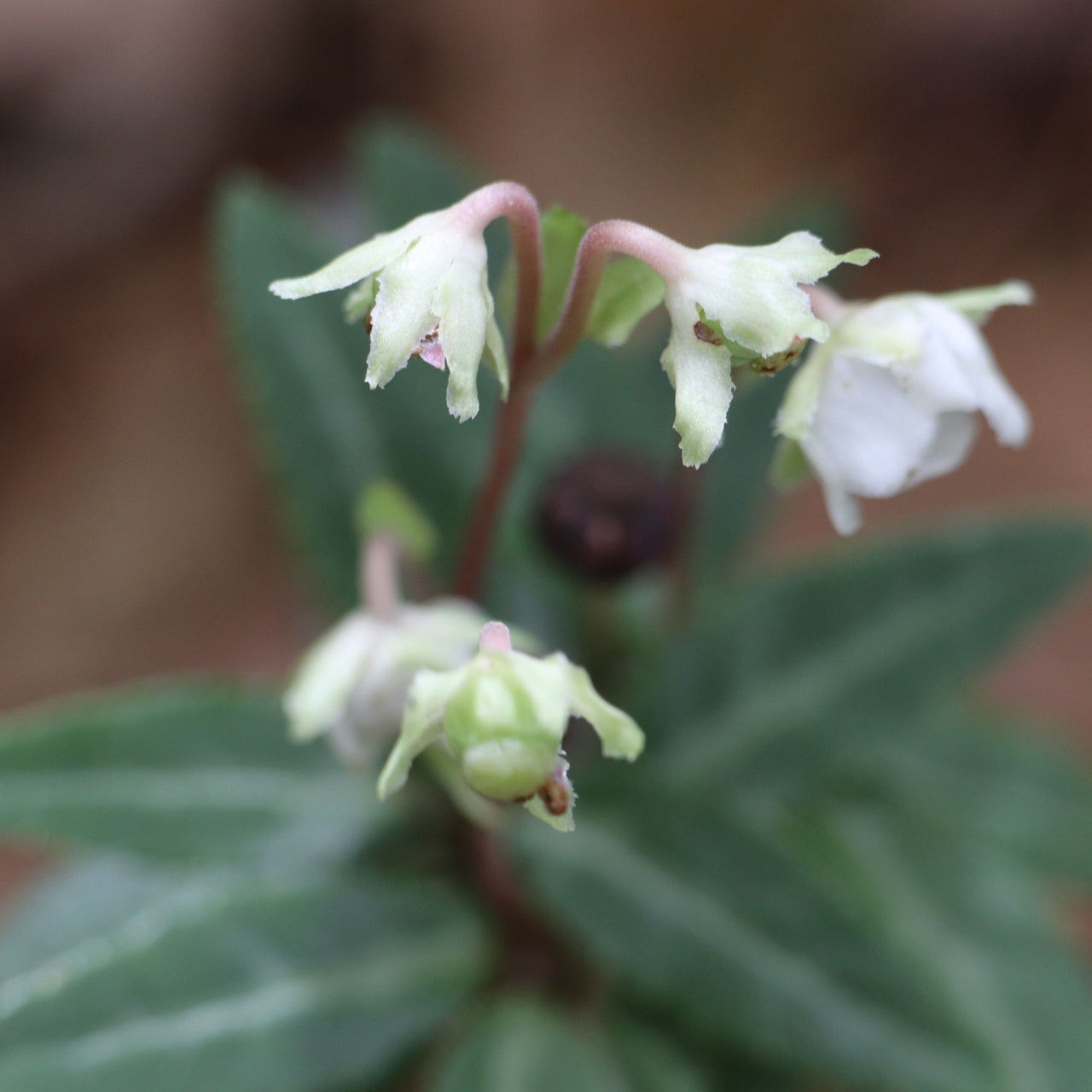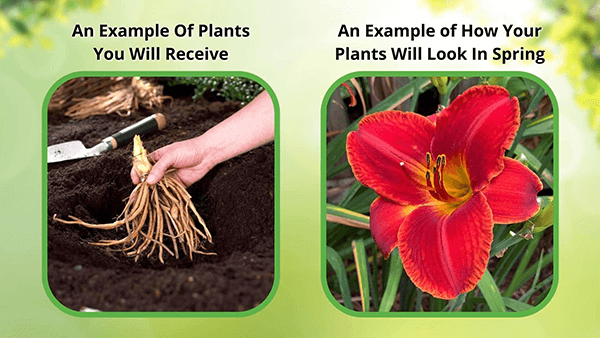


Removes & Absorbs Toxins
Improves Air Quality
Low maintenance & easy to grow
Buy Spotted Wintergreen Plants Online Wholesale - Chimaphila Maculata
The spotted wintergreen plants are a low-growing perennial in the wild. The leaves are forest green, with creamy white stripes cutting across their leaves. The perennial performs well in the wild but can also be in gardens. Before gathering the perennial in the wild, you must conduct prior research to know what the laws recommend about the perennial. Planting the perennial is easy because you only need to dig the rhizomes carefully from the rest of the colony and transplant them into your garden.
There Are 2 Types of Spotted Wintergreen Plants
It is important to note that two different types of them are often confused as one: spotted and wintergreen. The perennial grows well in native North America and stretches across the Canadian border into Florida and some parts of the Mississippi River. Leaves characterize the perennial with a slightly wide appearance and serrated margins.
This Perennial Reaches 3-6 Inches High
When mature, it grows between 3 to 6 inches high. It produces flowers during spring and early summer from stalks that blossom during the spring season. When transferring the perennial to a new location, it is highly recommended to consider digging it up with some compound of its surrounding soil because that will increase its chances of survival.
The Perennials Soil Types
Scientific research indicates that the plant's rooting system works as mycorrhiza associations, and the perennial tends to keep the existing soil conditions to grow. Protecting the perennial requires you to avoid invasive perennials because the perennial is vulnerable to tall growing perennials.
The Wintergreen Does Great In Woodland Gardens
This Plant, also known as Pipsissewa, is perfect for woodland and ground cover and will leave your garden looking great. When developing the perennial, ensure your soil is relatively moist because it cannot survive in dry soil. The perennial is known to survive for many years in the wild with little human attention.
Chimaphila Maculata, commonly known as Spotted Wintergreen, offers an eye-catching presence as a low-profile, underground-stem spreading perennial indigenous to eastern North America. This plant has many names—Prince Pine or Striped Wintergreen are also frequently heard, owing to its distinctive appearance. The striking foliage sets Chimaphila Maculata apart: the robust, lance-shaped leaves emerge a beautiful, deep dark green, yet they are vividly variegated, splashed down the center with prominent white or silvery stripes. The combination of glossy green leaves and white striping makes the striped prince an invaluable asset. It takes time to establish, but this creates an appealing, patterned groundcover. In natural, wooded landscapes, you'll find the Chimaphila Maculata growing in loose mats on the shady forest floor.
This Is How Your Plants Will Look upon Delivery
Bloom Season
Bloom/Foliage Color
White
Shipping date depends on the date displayed and chosen when you order from the product's page.
We do not offer warranties on products after 5 days past receiving your plants.
By signing up, you agree with our privacy policy.





